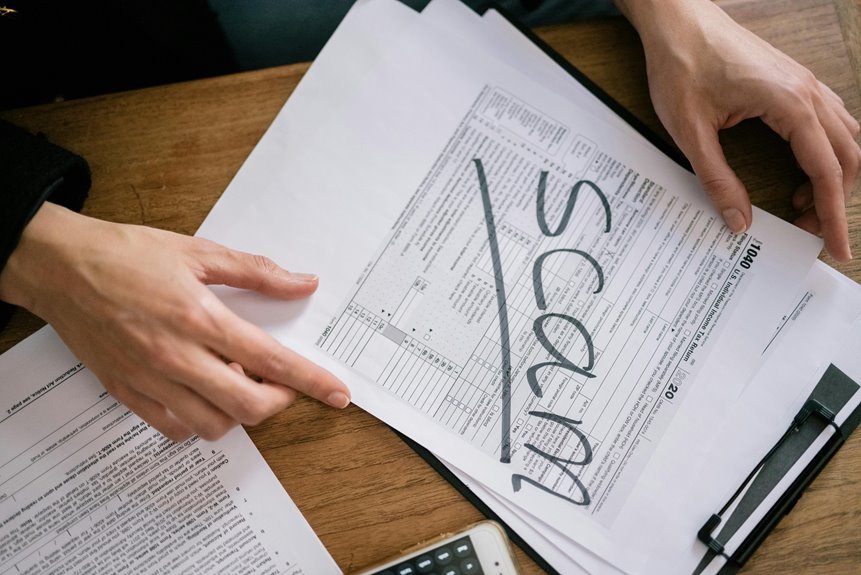Suspicious Hotline Fraud Caller Investigation Council 3295863182 3290920225 3427715517 3517765686 3501335146 3511863385

The ongoing investigation into suspicious hotline fraud callers has revealed a concerning pattern associated with several specific phone numbers, including 3295863182 and 3511863385. These numbers are linked to deceptive practices aimed at impersonating legitimate organizations. Understanding the tactics used by these callers is essential for consumer protection. As this investigation unfolds, the implications for community safety and fraud prevention efforts become increasingly significant. Further examination of these findings may yield crucial insights.
Overview of Recent Fraudulent Call Trends
As fraudulent calls continue to proliferate, it is essential to examine the emerging trends that characterize this alarming phenomenon.
Recently, call spoofing has become increasingly sophisticated, allowing scammers to impersonate legitimate entities. This tactic enhances the credibility of emerging scams, making them more effective.
Consumers must remain vigilant, recognizing these patterns to protect themselves from becoming victims of such deceitful practices.
Investigated Phone Numbers and Their Background
While investigating the origins of suspicious hotline fraud calls, several phone numbers have emerged as focal points of scrutiny.
The caller identification associated with these numbers often reveals a pattern of deceptive tactics commonly used in scams.
Analysis indicates that these numbers employ various strategies to evade detection, highlighting the importance of understanding the underlying methods to better protect individuals from potential fraud.
Tips for Recognizing and Avoiding Fraud Calls
How can individuals effectively identify and protect themselves from fraudulent calls? Implementing call screening techniques is essential for fraud detection.
Recognizing suspicious numbers, avoiding sharing personal information, and trusting instincts when a call seems unusual can significantly reduce risks.
Additionally, utilizing mobile applications that identify potential scams can further enhance security, empowering individuals to maintain their autonomy while navigating communication channels safely.
Resources for Reporting and Seeking Help
Recognizing and avoiding fraud calls is only the first step; knowing where to report these incidents and seek assistance is equally important.
Individuals can contact various reporting agencies, such as the Federal Trade Commission (FTC) and the Better Business Bureau (BBB), to document fraud attempts.
Engaging with these organizations enhances fraud prevention efforts, empowering individuals to reclaim their agency and contribute to community safety.
Conclusion
In conclusion, the investigation into the identified phone numbers reveals a troubling landscape of fraudulent activities that threaten consumer security. Like a lighthouse guiding ships away from treacherous waters, awareness of these deceptive tactics is essential for safeguarding individuals from scams. By staying informed and vigilant, consumers can navigate these challenges effectively. Reporting suspicious calls to the appropriate authorities plays a crucial role in the collective effort to dismantle these fraudulent operations and protect the community.




